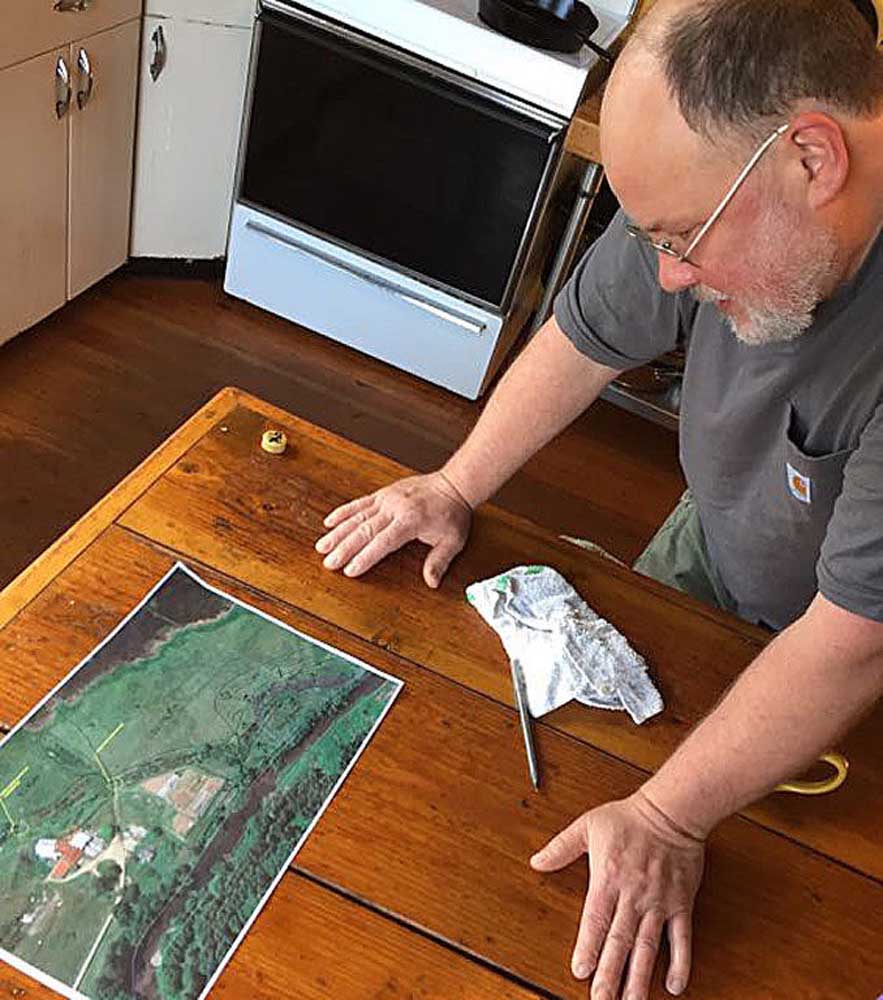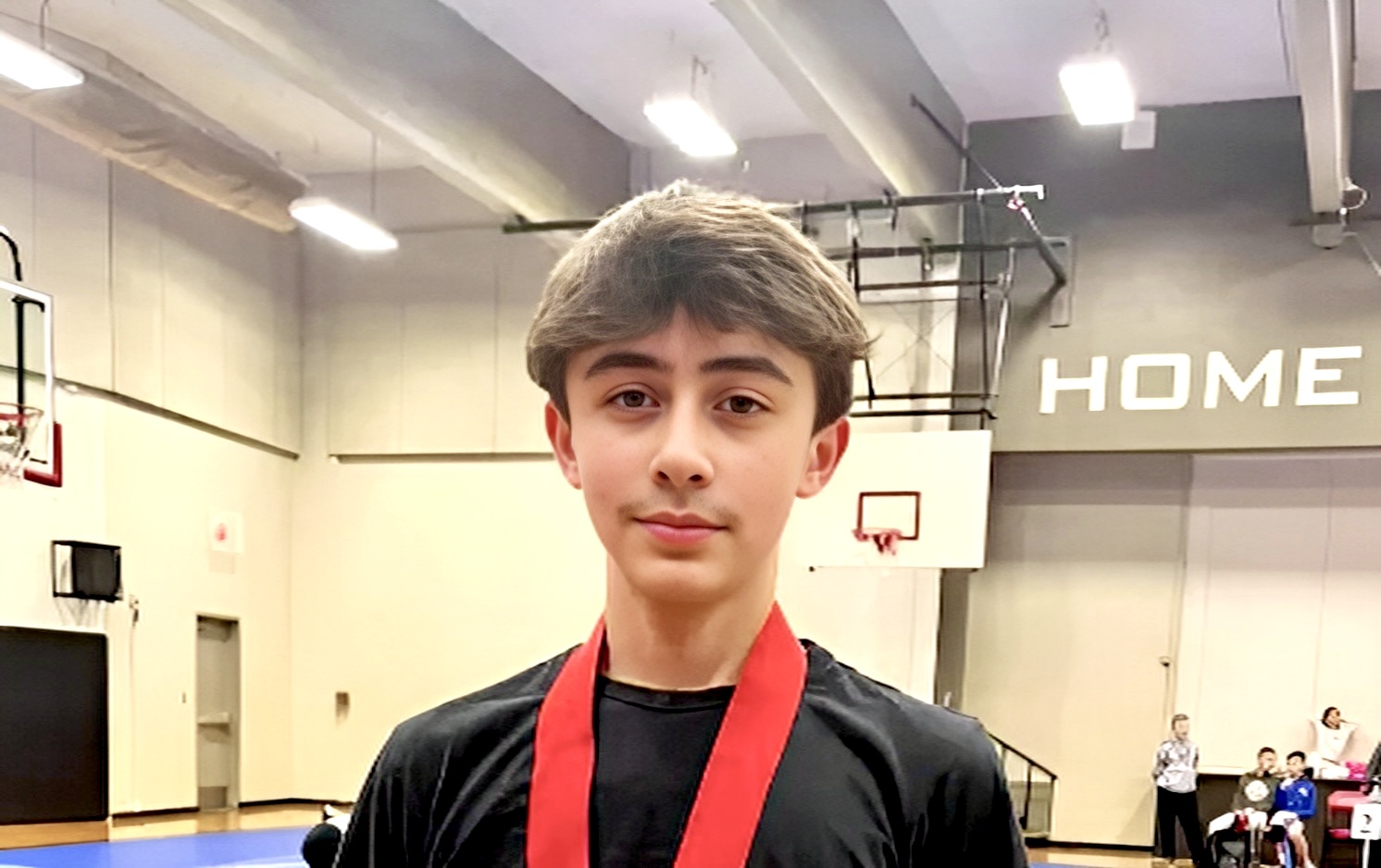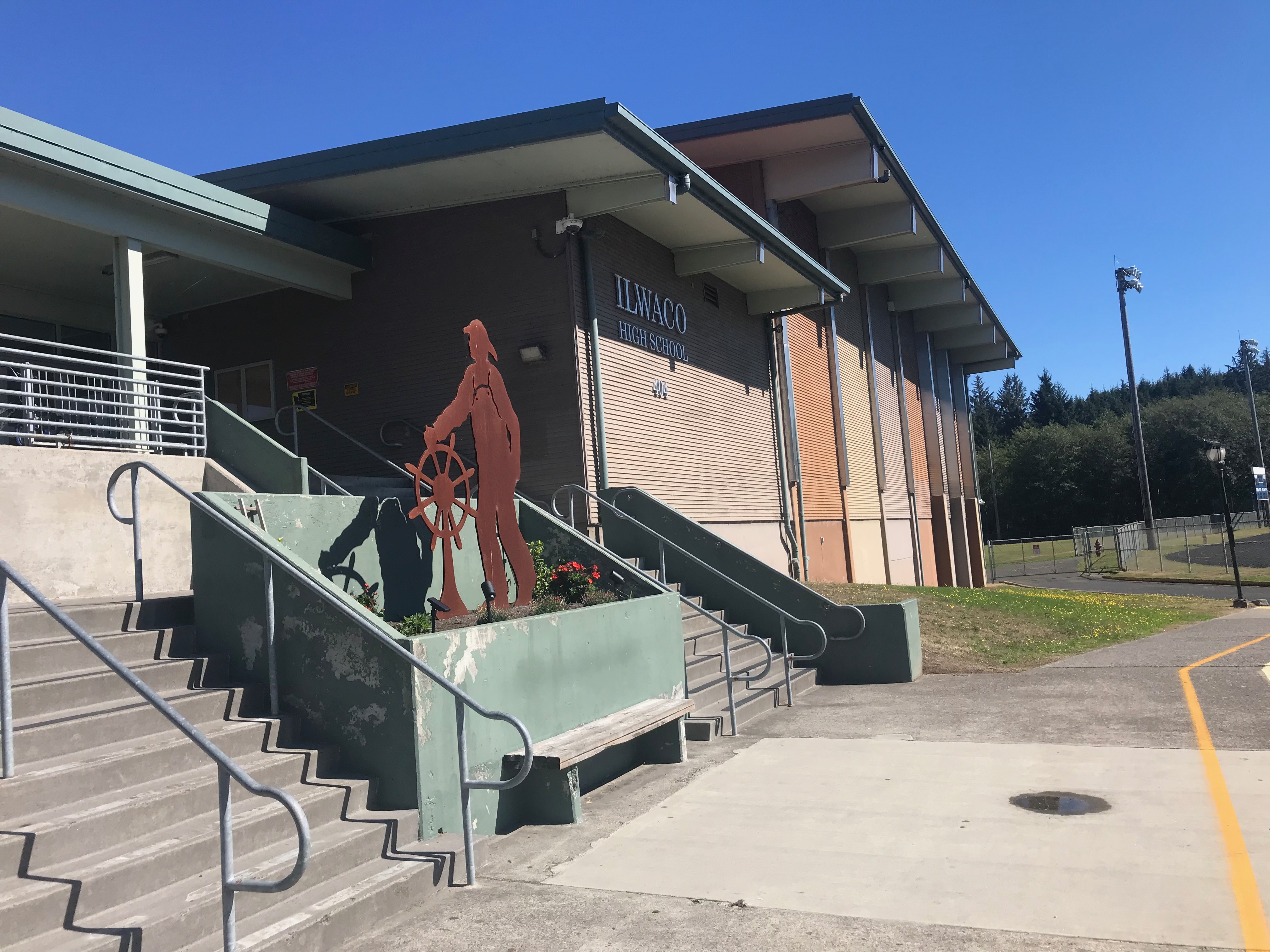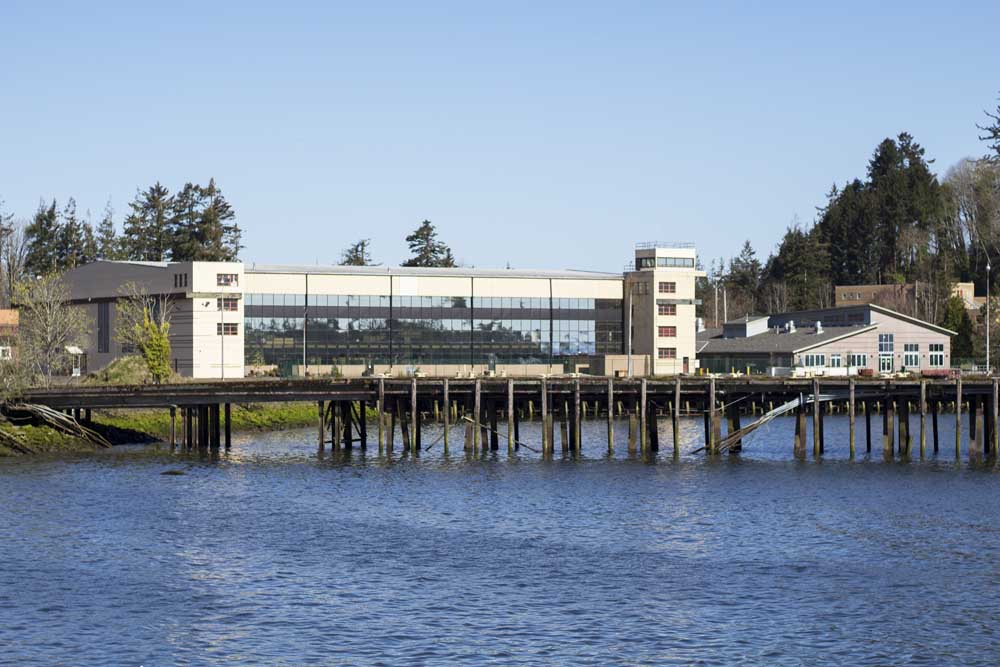Coast Chronicles: Hurray for salmon
Published 10:30 am Tuesday, February 23, 2016

- A salmon habitat restoration project sponsored by the Pacific Conservation District was completed last year at Fred Johnson's Naselle farm, but many other projects hang in the balance as legislative capital funding runs out.
Farmer Fred Johnson is always up to something interesting. And to find out exactly what it was in this new year of the Fire Monkey, I decided to swing by the farm a couple weeks ago and chat. So in the midst of a slew of gray, glooming days I headed over to Fred’s 70 acres in Naselle. Lo and behold, just as I pulled into his long driveway, the sun burst out.
Picturesque is the only word that comes to mind. Sun hit the trees and golden light spread out over that long stretch of open land. And there, at the end of the dirt road, is Fred’s two-story white farmhouse, looking like something out of a Norman Rockwell painting. There’s the big-beamed barn, a couple enormous greenhouses; and lots of green pastures, with a few scattered cows and two muddy sheep running around. Fred’s big black dog, always on guard duty, greeted me as my car door opened. Then Fred himself appeared at the front door with hot water ready for coffee and an oat cake in the oven.
So we sat down on wooden benches at his enormous farm table and caught up a bit on the news. When I come out to Fred’s I can’t help thinking about and missing Jimella Lucas. Fred was an accomplished chef with his own restaurant before he decided to go upstream on the food chain and actually grow tasty organic vegetables. Jimella understood the importance of this immediately and the two of them had so much in common.
Jimella was one of the first area chefs to pre-pay Fred to grow her produce for the market café; to consult with him on what she wanted, what he could grow and how much. She loved going out to the farm to look at Fred’s tomatoes; and his mixed greens are the star of Nanci and Jimella’s café salads. So we reminisced a bit about old times and talked, again, about how hard it is for small farmers to make a living growing healthy nutritious local food for us local folks.
“It’s a struggle trying to get local food onto the plate,” said Fred. “The biggest obstacle now is pricing. Small scale growers charge higher prices because they have higher operating costs. It’s a tough business.” Fred has stopped selling to the Astoria Coop and has also stopped doing CSA baskets (community-supported agriculture) because the profit margin is just too darn slim. But though fresh locally grown food is near and dear to both of us, we had other business to discuss on this day.
Before we’d even finished our coffee, Fred had spread out on the table a to-scale map of the salmon restoration project he and Pacific Conservation District (PCD) Manager Mike Nordin have nearly completed.
Nordin, who used to work for an oil company, made a course correction in his life, went back to school for a Geographical Information Sciences (GIS) certificate and completed an internship in 2007. Since then he’s stepped into the managerial role at the not-for-profit PCD (pacificcd.wordpress.com) and supervises a wide range of projects from shellfish to cranberries to fisheries.
So, two inspired players cooked up the fisheries restoration project on Fred’s farm. There was a little slough that ran through the property and the project involved bringing it back into the Naselle River watershed. This meant removing two tiny culverts — restricting both outflow of water and incoming salmon — and replacing them with beefier ones.
Then they bulldozed an opening to the river, put up a strong fence to keep the elk out; and have begun to plant a variety of native species on the banks of this new stream.
The project is a beauty to behold and, as Mike says, the salmon are already using it. “The mouth is a great rearing and resting spot for salmon going up the Naselle, so just that is an improvement.” Baby salmon — called variously alevin, fry, parr or smolt — can tuck into the new mouth of this stream, get out of the fierce flow of the river and feed on bugs and larvae in the slower moving water.
“This project improves water quality, adds smolt protection and enhances food sources for the salmon,” says Mike. “We’ve opened up about four miles of new riparian zone on Fred’s property and we have plans to replace another culvert higher upstream — there are two blockages on Rue Creek — which will open up almost 16.9 miles.”
With all the bad news about deforestation in our county, I find this information about salmon habitat heart-warming. And just last week there was a full two-page spread in the Seattle Times about how quickly the Elwha River has bounced back after the removal of two dams. (projects.seattletimes.com/2016/elwha/) When we given salmon even a tiny bit of a chance to survive, they jump at it.
“Everyone has to do their part for the salmon,” says Mike. “Just in this last year alone we’ve completed over 80 projects. Fred’s project is one of many, but he has gone way beyond the call of duty.” An important part of this project is replanting along the borders of the new stream. (Shade plants will eventually help keep the waters cool, another boon to salmon.) Fred is doing a lot of the planting and he chose plants specifically to boost the health of pollinators.
“Fred designed this project differently than we normally do,” continued Mike. “He wanted year round food sources for bees and butterflies, which I think is really cool.” This meant all natives, of course, but also a specific group of plants particularly important to the ecosystem. (In case any of you want to plant for bees and bugs, here is a partial list: red dogwood, Douglas mock orange, Oregon ash, Pacific crabapple, pink ninebark, cascara red currant, Nootka Rose, salmonberry, black hawthorn, white oak, red and blue elderberry. Of course they are also planting Western red cedar, Douglas fir and hemlock.)
Fred has a long-view of what he’s doing, as well as the knowledge of what has happened in the past. “Historically folks just wanted to make the land profitable, so the habitat got gutted — trees were cut down, wetlands drained. You just wanted to move water quickly and efficiently off the property. I could keep maintaining that system but this is a legacy. We’re creating support for our farm pollinators, we’re enhancing the biota and creating habitat. The waterway is an extra bonus.”
I ask what the new stream is called. It doesn’t seem to have a name, unless local old timers know what it was called in the past. (Let us know if you do.) In the meantime, it will be registered officially as salmon habitat, and I vote for calling it Johnson Creek.





